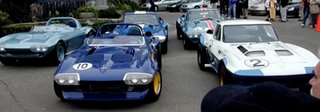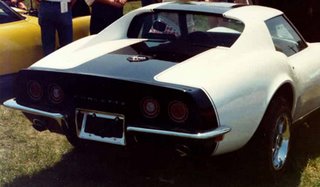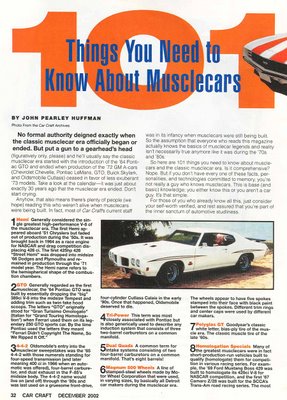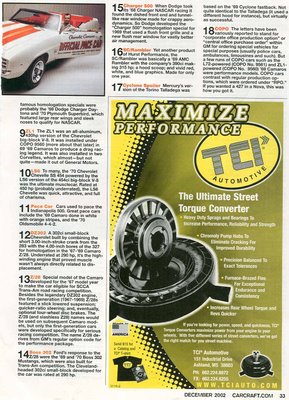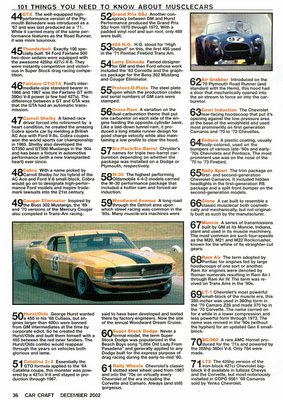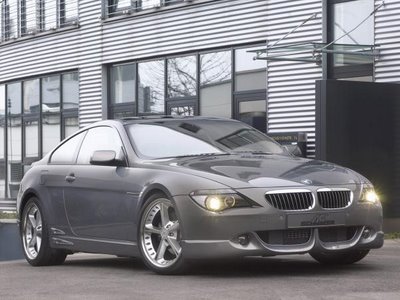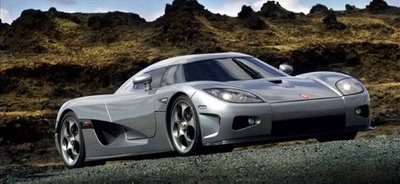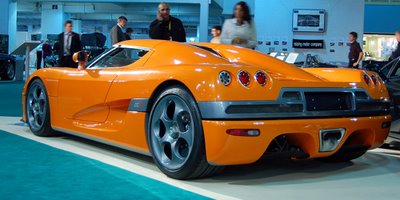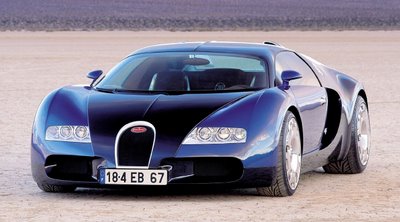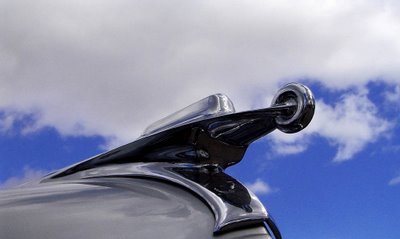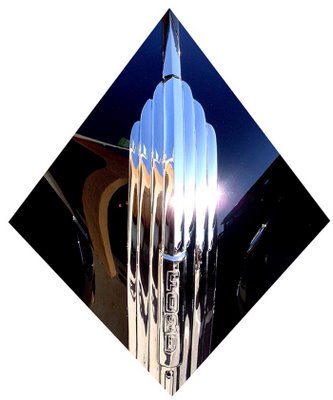 http://www.xmission.com/~dempsey/shelby/sheldod3.htm
http://www.xmission.com/~dempsey/shelby/sheldod3.htm
Here is the
window sticker from an 86 GLHS. I believe that all 86 GLHSs were equipped basically the same way; ie - all had A/C, rear defrost, etc. Judging by the above window sticker, however, there could be subtle differences; perhaps some didn't have the rear defrost, or perhaps a few had the rear wiper as well.
There were rumored to be two GLHS-specific options: a roll cage and an oil cooler. I was once told that cars 001 (Shelby's personal car), 007, 008, 010, 047, and 048 had the rollbar; however, Bob Marsh (the individual in charge of production at Shelby Automobiles during this period) claimed in a recent interview that no rollbar was ever installed in any "production" car--only a couple PR cars. I do not know which cars, if any, featured the oil cooler. (NOTE: the cars were not built in numeric order!)
On the outside, visual differences were limited to the different wheels, new tape graphics which were white rather than red, and a white Shelby decal at the top of the windshield.
The most exciting changes were underhood, of course. Shelby's crew had installed a prototype intercooler setup; these pieces would later be used by the factory. The changes included a different turbo, the front-mounted intercooler, a different radiator (smaller surface area but 2 cores as opposed to the stock single core), an all-new 2-piece tuned-length intake manifold, larger fuel injectors (these would become the stock Turbo II injectors used by the factory), a 46mm throttle body (up from 42mm) which was now located after the turbo and right before the intake manifold, and a different logic module set for 12 psi (up from 9) and programmed with knowledge of the intercooler. Also, a heated O2 sensor was swapped in, and a few other non-Turbo I sensors were added.
Fitted with all this hardware, the GLHS was now rated at 175 horsepower. More notable, the torque plateau of 175 lb-ft extended from 2200-4800 rpm! This was definitely enough to rocket the flyweight Omni into the 14s; C/D clocked 0-60 in 6.5 and an ET of 14.8 seconds. Top speed increased to an honest 130 MPH, very respectable for a boxy 4-door econocar.
Inside, a leather-wrapped steering wheel and shift knob were installed. The all-important numbered dash plaque was affixed where the standard Omni badge once resided. And not to be overlooked, a clear sticker overlay was added to the unpegged speedometer which extended the numeric readout to 135 MPH.


The first true Shelby of the 80s, these cars began life as 86 GLH Turbos. Carroll purchased 500 of them -- all black -- and they were shipped to his plant in California. Once they arrived his team set about making changes. The suspension was upgraded with Koni adjustable struts/shocks all around. The alignment was altered a bit: Shelby called for the front camber to be set more negative, and a little more toe-in was performed on the rear. The tires were upsized to 205/50VR-15 Goodyear Gatorbacks; these tires were mounted on Shelby Centurion aluminum wheels (Shelby also had a wheel business on the side at the time).
For a good article on the Dodge Shelby connection: http://www.nextautos.com/keepers-turbo-dodge



